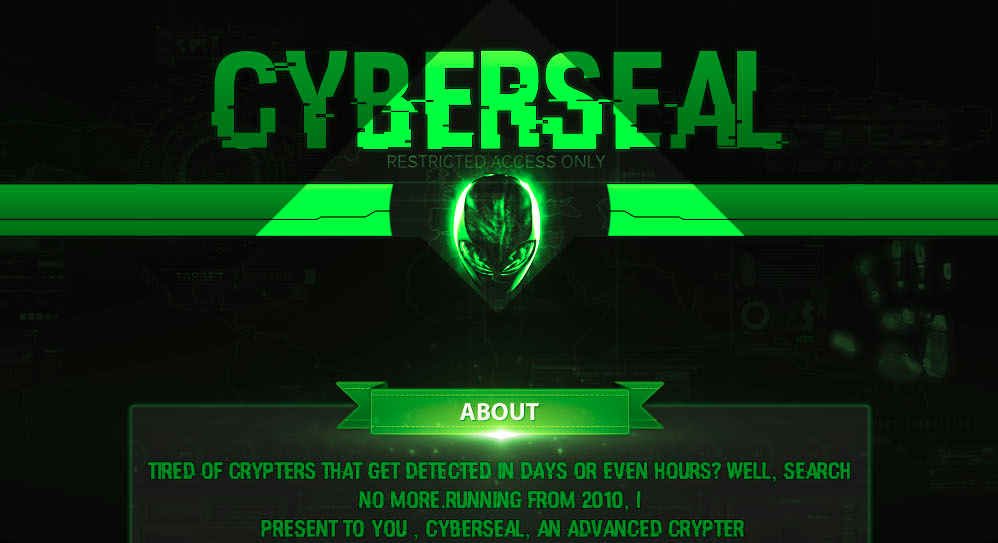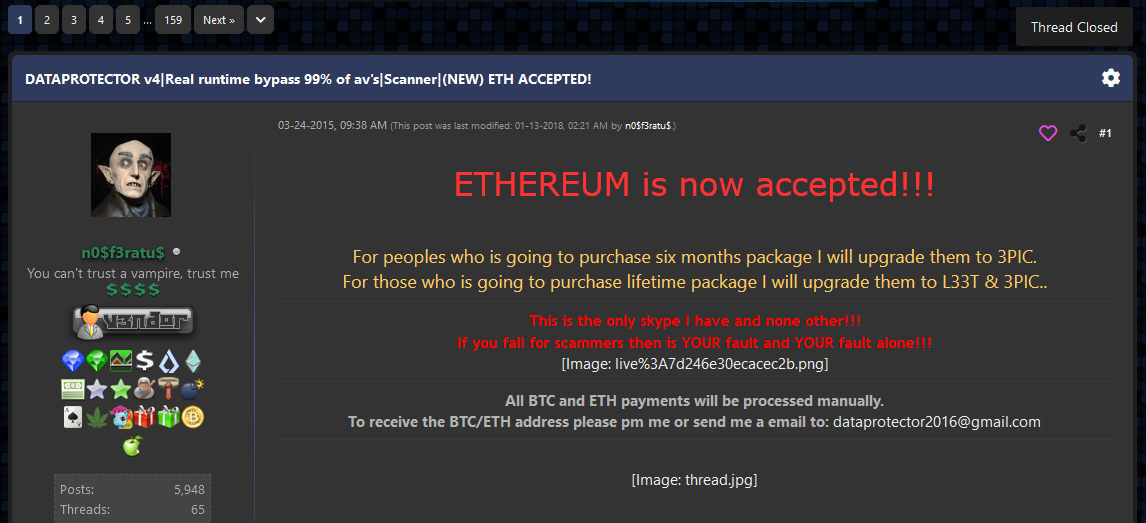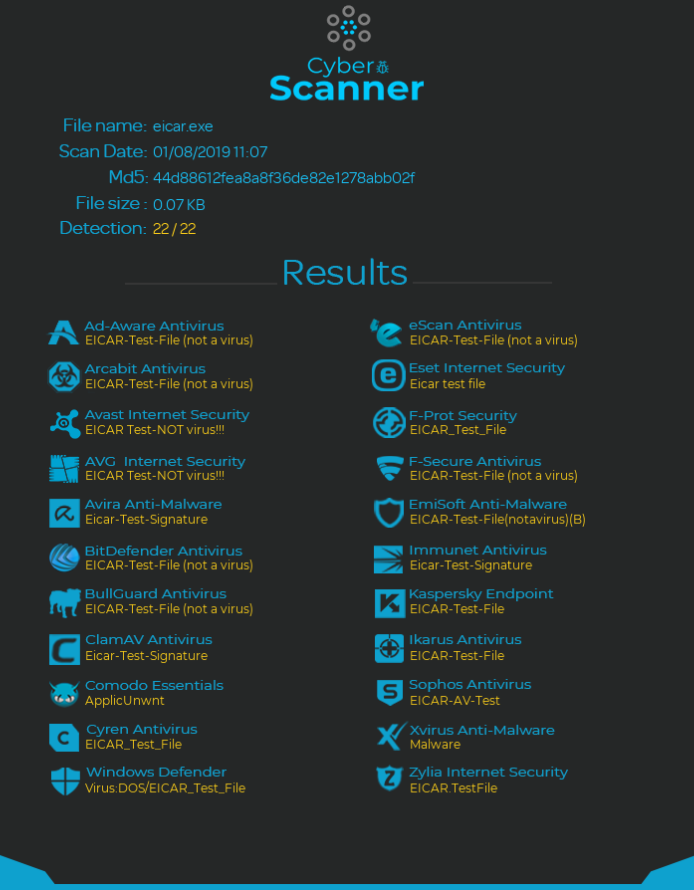DreamBus botnet targets enterprise apps running on Linux servers

Image: Zscaler
Chances are that if you deploy a Linux server online these days and you leave even the tiniest weakness exposed, a cybercrime group will ensnare it as part of its botnet.
The latest of these threats is named DreamBus.
Analyzed in a report published last week by security firm Zscaler, the company said this new threat is a variant of an older botnet named SystemdMiner, first seen in early 2019.
But current DreamBus versions have received several improvements compared to initial SystemdMiner sightings [1, 2, 3].
Currently, the botnet targets enterprise-level apps that run on Linux systems. Targets include a wide collection of apps, such as PostgreSQL, Redis, Hadoop YARN, Apache Spark, HashiCorp Consul, SaltStack, and the SSH service.
Some of these apps are targeted with brute-force attacks against their default administrator usernames, others with malicious commands sent to exposed API endpoints, or via exploits for older vulnerabilities.
The idea is to give the DreamBus gang a foothold on a Linux server where they could later download and install an open-source app that mines the Monero (XMR) cryptocurrency to generate profits for the attackers.
Furthermore, each of the infected servers is also used as a bot in the DreamBus operation to launch further brute-force attacks against other possible targets.
Zscaler also said that DreamBus employed quite a few measures to prevent easy detection. One of them was that all systems infected with the malware communicated with the botnet’s command and control (C&C) server via the new DNS-over-HTTPS (DoH) protocol. DoH-capable malware is very rare, as it’s complex to set up.
[1/2]
🆕 Network admins beware, #SystemdMiner is now using DNS over HTTPs to connect to its .onion C2.
We uploaded IoCs to VT:
Modified UPX -> d5b98358d261730a9a81b480bd94cbc8
Unpacked -> 61d36807f333e9dd01737d74b2724ab9->> pic.twitter.com/6wYrQ8a8dZ
— Intezer (@IntezerLabs) August 3, 2020
…







